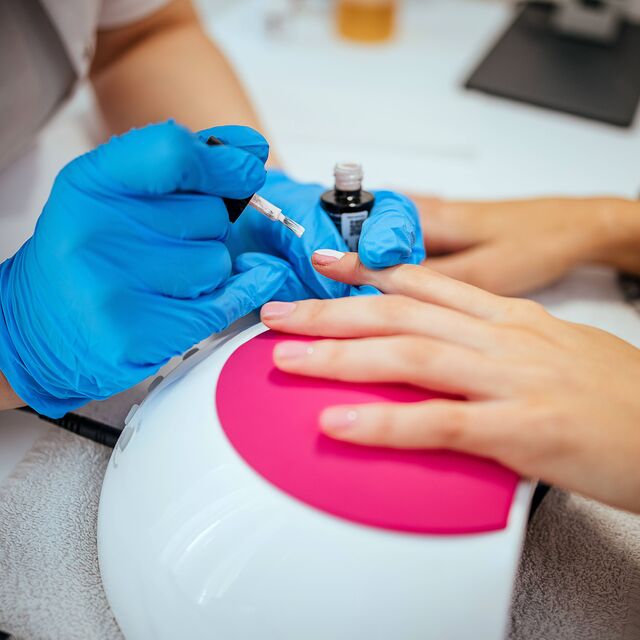
As of 1 September 2025, trimethylbenzoyl diphenylphosphine oxide (TPO) will be banned in cosmetic products within the EU due to concerns regarding its possible toxicity to human reproduction. This prohibition has ignited discussions about the safety of products containing TPO and whether they should be avoided, especially in places like the UK where the ban is not yet implemented.
**What is TPO?**
TPO, short for trimethylbenzoyl diphenylphosphine oxide, functions as a photo-initiator in artificial nail systems, particularly within gel nail offerings. It aids in polymerisation upon light exposure, enabling gel nails to solidify rapidly under UV or LED lighting. Its capacity to absorb extensively across the UV spectrum and reduce yellowing contributes to its popularity in this sector. In addition to nail products, it can appear in other fast-curing goods such as inks and adhesives, with potential uses in cosmetics that are ingested, applied near the eyes, or inhaled.
**Why Has TPO Been Banned?**
In 2023, the European Commission classified TPO as a category 1B CMR substance, suggesting a presumption of its toxicity to human reproduction based on animal studies. Consequently, the EU’s cosmetics regulation incorporated TPO into its roster of banned substances, which is compulsory for all EU member nations starting in September 2025.
**Implications of the Ban**
This regulation mandates that manufacturers, importers, and distributors must stop the sale and distribution of new products containing TPO. Existing items can continue to be sold until the specified date. The ban promotes efforts to reformulate TPO-free products within the nail sector.
**Ban Scope**
The ban pertains to EU member nations, Norway, and Switzerland. Currently, the UK and US do not restrict TPO, although comparable regulations could be enacted in the UK by 2027.
**Impact on Professionals**
Nail technicians utilizing products with TPO must shift to alternative solutions by 1 September 2025. Companies like The GelBottle Inc are already working on reformulating their products to comply with impending regulations in the UK.
**Concentration in Products**
Typically, TPO is found in gel nail products at concentrations ranging from 0.5% to 5%, meaning that applying it to both fingernails and toenails results in minimal TPO exposure.
**Consumer Concerns**
Although the ban originates from TPO’s hazardous classification, specialists stress that the low concentrations in cosmetics present minimal risk. The application method (on nails) lessens potential absorption, and comprehensive safety evaluations ensure consumer protection.